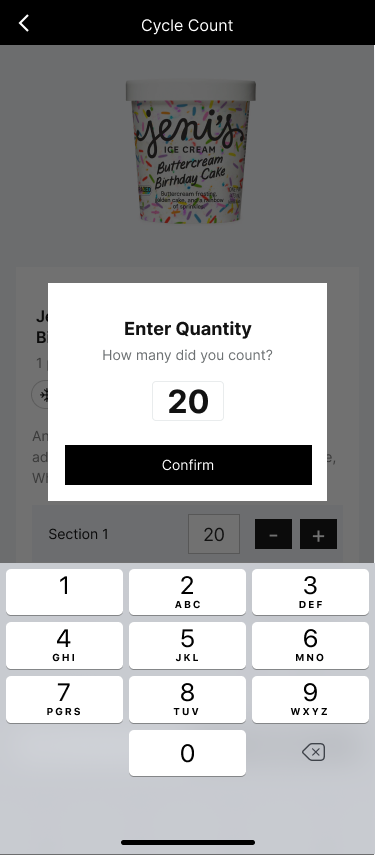Foxtrot Co.
Summary
Foxtrot is an upscale convenience store with a mobile app that lets customers shop their curated collections of drinks, food, and everyday essentials. As a digital-first commerce platform, there were some growing pains with its rapid retail expansion.
Briefing
Foxtrot was rapidly expanding its store locations, and hiring many new staff members as a result. Staff members' key responsibilities include: delivering online orders, checking out in-store customers, and keeping an accurate count of inventory in the store. The influx of new staff members made it difficult to establish standardized training and work processes across stores. As a result, the inventory management was not at the level Foxtrot wanted it to be.
My team's goal was to assist in creating an internal tool that would help stores reach a more desirable inventory accuracy, while making processes simpler for the staff working in store.

Research
Foxtrot has three types of physical locations: warehouse, delivery, and non-delivery. My team and I visited each location type to observe their daily duties, and to ask a few questions. Upon our visit we discovered that each location type had different priorities, physical layouts, and methods of training new hires.
We interviewed the managers of each location to assess the team's challenges and how we could tailor the internal app to address those issues while also solving for the original issue of lost inventory.













